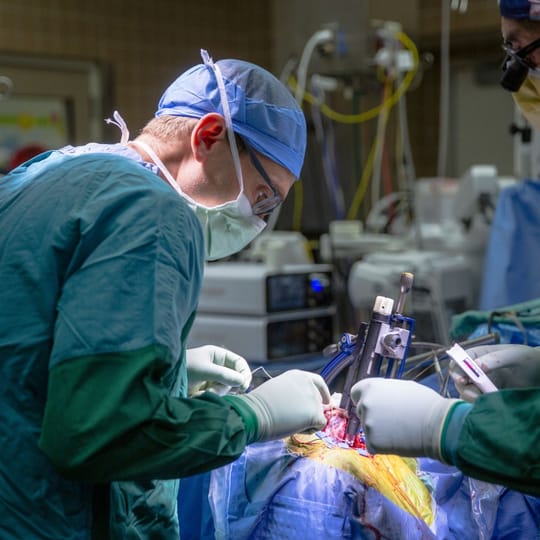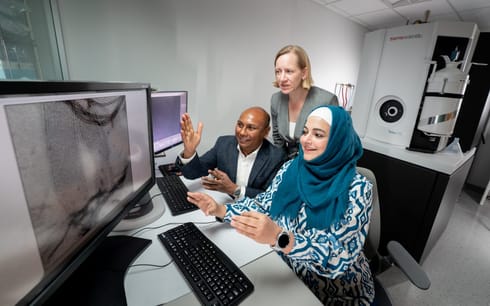
By Lilianne Grace Montehermoso
The first in-human recording with a new wireless brain-computer interface (BCI) was completed by a team from the University of Michigan in June 2025. The BCI is a system that permits a person to control an external device solely with brain activity. This evolved technology aims to restore bodily systems lost due to injury.
The advanced BCI device is the Connexus Brain-Computer Interface, manufactured by Paradromics Inc., a company known for its BCI platform that functions at extremely high resolution. The Connexus BCI is relatively smaller than a dime and consists of approximately 421 electrodes meant to record signals from the human brain once implanted.
Matthew Willsey, M.D., Ph.D., neurosurgeon and biomedical engineer at the University of Michigan, was an integral part of the research process. He expressed how this advancement “... can record information from the brain in a way that we haven’t been able to before.”
Dr. Willsey and his team displayed how Connexus BCI can be safely implanted, record brain signals, and be removed while maintaining its composure in approximately 20 minutes. This neurotechnology was implanted during an epilepsy resection surgery to understand the human brain’s reaction to epilepsy.
Moving forward, researchers plan on utilizing these advancements in order to better understand how epilepsy affects the brain and its signals. There is current and continuous research relating to restoration or replacement functions for different people with disabilities.
Essentially, BCIs acquire signals directly from the human brain and interpret them in order to control external devices. This technology has encountered numerous steps forward in the right direction, with various applications like operating virtual controllers. What sets the Connexus BCI apart from the other BCIs is that it is fully implantable and wireless, making it highly accessible to users who need it and would prefer not to be wired to a computer.
Jordan Lam, MBBS, a neurosurgical student at the University of Michigan Health, speaks of the impact that the Connexus BCI has.
“This research is incredibly significant to me because it is a goal in my lifetime to be able to see patients with untreatable neurological diseases and offer them BCIs that they can take home and use in their daily lives,” said Lam.
Similarly, Dr. Wilsey mentions how “this work brings us one major step closer to providing treatment to patients with severe unmet medical needs.”
Connexus BCI opens doors that have been closed to many patients and allows for improved treatment in so many ways. The Willsey lab has announced that the Connexus BCI Study will conduct a clinical trial that will allow people with speech impediments or severe paralysis to utilize the device.
This research marks the beginning of clinical efforts, not only by Paradromics but around the world.



